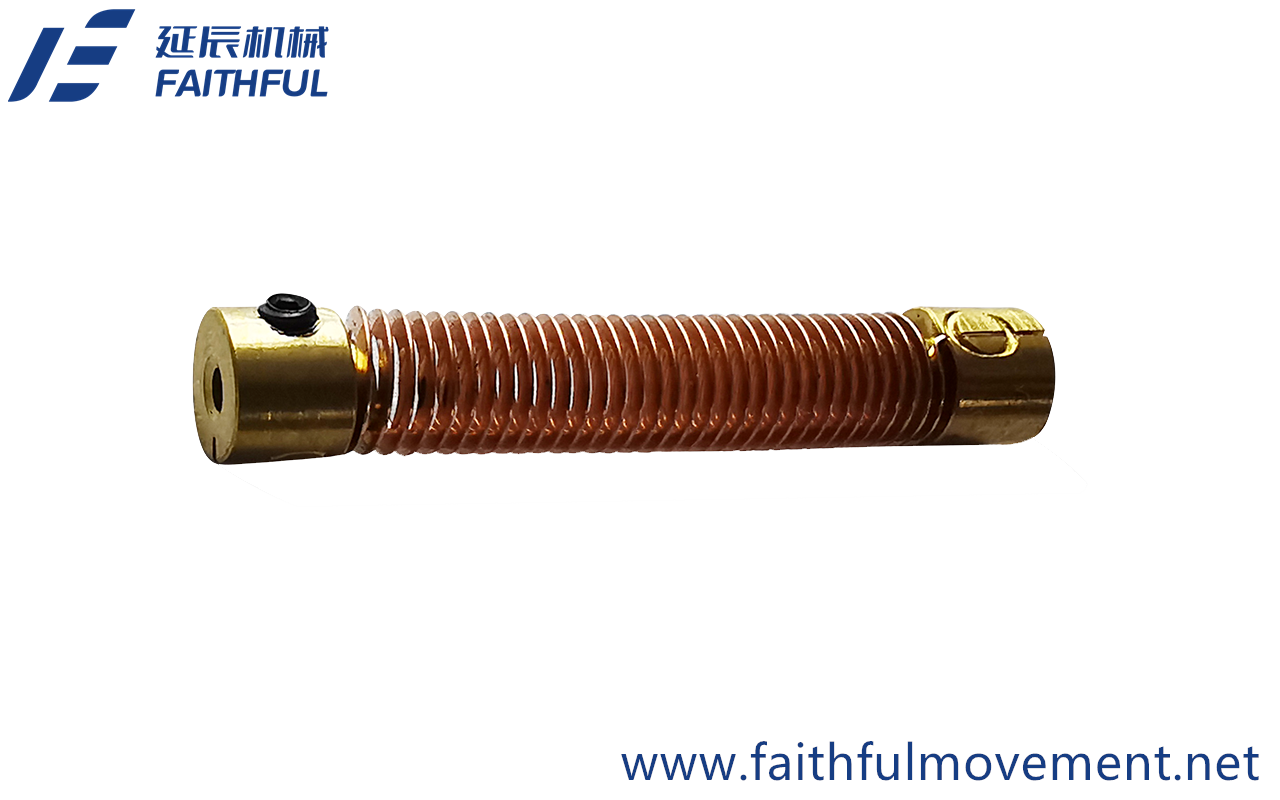Ever felt your car behave strangely, like an unexpected stalling or engine sputtering? It might be trying to tell you something. As a car owner, knowing how to identify the signs of a failing fuel pump is essential to ensure a smooth and safe driving experience. In this blog post, we’ll guide you through the most common bad fuel pump symptoms and provide you with practical maintenance tips to prolong your fuel pump’s life. So buckle up, and let’s dive into the world of fuel pumps!
When your car’s engine is running, you might hear a low humming sound coming from the fuel tank. This is the sound of a functioning fuel pump circulating fuel around your vehicle. But what if you hear a loud whining noise instead? This could be a sign of a malfunctioning fuel pump. Dial Pressure Gauge

Don’t ignore these unusual noises, as they might indicate a fuel pump problem that needs immediate attention. Inspect the fuel gauge and gas tank, and schedule an appointment with a mechanic if necessary. Remember, fuel acts as a coolant for the electric motor in your fuel pump, and a faulty pump can cause the motor to overheat.
Starting your car should be a smooth process, but what if it’s not? If your engine stumbles and emits popping sounds when you engage the accelerator pedal, it could point to a problem with your fuel pump. A defective fuel pump might struggle to circulate fuel through the fuel line to the engine, causing your vehicle not to start.
In such cases, it’s essential to diagnose the issue by disconnecting the fuel pressure sensor and observing the vehicle’s performance. If your car fails to start or starts and then shuts off due to a faulty fuel pump, consider replacing the mechanical fuel pump or seeking professional repair.
Imagine cruising down the highway when suddenly your engine starts to sputter. This unpleasant experience can be a sign of a failing fuel pump. Most fuel pumps are designed to last up to 100,000 miles, but a malfunctioning pump can cause engine sputtering and increased temperature at irregular intervals.
Engine sputtering, especially at higher speeds, might be caused by a weak fuel pump that’s not providing enough fuel to the engine. Inconsistent fuel delivery caused by a worn-down fuel pump or a clogged fuel filter can result in surging power.
Pay attention to these signs and seek professional help if necessary.
Unexpected stalling while driving is not only annoying but also potentially dangerous. This frustrating situation might indicate a failing fuel pump. An overheating fuel pump can cause your engine to stall, which is a sign that you need to take immediate action.
A degraded or aged pump motor may become overheated, subjecting the entire engine to excessive heat. If your car cuts off due to a failing fuel pump, don’t hesitate to seek immediate attention. Your safety and the health of your vehicle depend on it.
Ever experienced a sudden power loss while driving uphill or carrying a heavy load? This might indicate a bad fuel pump that’s not able to meet your vehicle’s requirements. A faulty fuel pump could struggle to provide the necessary fuel pressure and flow for high-speed driving, resulting in misfiring, hesitating, or stalling.
When your car ceases to function under heavy load, it could be a sign of fuel pump symptoms, indicating that the fuel pump is not able to keep up with the driver’s demands. Don’t ignore these symptoms, as they might lead to more severe issues down the road.
A surging engine can be both unsettling and dangerous while driving. This issue occurs when the fuel pump provides excessive fuel to the engine, resulting in fluctuating vehicle speeds. A fuel pressure regulator is essential in regulating the pressure to the fuel injectors. If it is leaky and unable to maintain that necessary pressure, it could contribute to the issue.
Inconsistent fuel delivery caused by a worn-down fuel pump or a clogged fuel filter can lead to surging power. It’s crucial to address these issues promptly to maintain a safe and smooth driving experience.
Have you noticed that your car’s fuel efficiency has taken a nosedive? An excessive amount of fuel entering the fuel system due to a valve within the fuel pump failing to open could be the culprit. Decreased fuel efficiency results in greater fuel consumption, more frequent trips to the gas station, and increased expenditures. It’s essential to address this issue, as bad fuel management can lead to long-term problems with your vehicle.
Don’t ignore this red flag, as engine overheating might be indicative of your fuel pump nearing the end of its life cycle. Keep an eye on your fuel efficiency and consult a mechanic if you suspect a fuel pump issue.
If your car won’t start, it’s possible that you’re dealing with a dead fuel pump. Before jumping to conclusions, it’s essential to rule out other potential issues, such as:
Evaluate all other components in the fuel system and eliminate other potential causes before deciding to replace the fuel pump.
To verify fuel pressure, follow these steps:
Remember, it’s crucial to avoid running your fuel pump dry while testing, as it can cause irreparable damage.
Fuel pumps come in two main types: mechanical and electric. Mechanical fuel pumps were more common in older vehicles, but they’re susceptible to wear and tear and may produce a loud noise. On the other hand, an electric fuel pump, which is more commonly used in modern vehicles, offers increased reliability, efficiency, and reduced noise compared to its mechanical counterpart.
Understanding the differences between mechanical and electric fuel pumps can help you make informed decisions when it comes to maintaining or replacing your vehicle’s fuel pump. Always opt for the pump type that best suits your car’s requirements and provides optimal performance.
To ensure the longevity of your vehicle’s fuel pump, it’s essential to keep your fuel system clean and free from contaminants that can cause accelerated wear. In modern vehicles, the access panel for the fuel pump and fuel pump relay is typically located in the trunk or rear seats. Regularly inspect and replace the fuel filter as needed to maintain a healthy fuel pump and fuel pump circuit.
By following these simple maintenance tips, you can prolong the life of your fuel pump and avoid costly repairs or replacements in the long run. Remember, prevention is better than cure, and taking care of your fuel pump is a crucial part of vehicle maintenance.
The cost of replacing a fuel pump can vary depending on the make and model of your vehicle. On average, fuel pump replacement costs range from $400 to $800, including labor and parts. In some cases, the cost can even reach up to $1,000.
While fuel pump replacement might seem expensive, it’s important to remember that most fuel pumps are designed to last up to 100,000 miles. Investing in a high-quality fuel pump and maintaining it properly can save you money and headaches in the long run.
Testing your fuel pressure is an essential step in diagnosing fuel pump issues. To do this, follow these steps:
It’s crucial to follow the proper procedure and avoid jumping a fuel pump that’s not installed in a vehicle or running the pump dry, as this can cause damage. If you’re unsure about how to test your fuel pressure, consult a professional mechanic for assistance.
In this blog post, we’ve explored various fuel pump symptoms and the importance of maintaining a healthy fuel system. From recognizing unusual noises to understanding the differences between mechanical and electric fuel pumps, being informed about your vehicle’s fuel pump can help you avoid costly repairs and ensure a smooth driving experience.
Remember, prevention is better than cure. By keeping an eye on your fuel pump’s performance and addressing any issues promptly, you can prolong its lifespan and ensure your vehicle stays in top shape. Drive safe, and happy motoring!
This article was created using AI technology.

Fuel Pressure Gauge Please copy/paste the following text to properly cite this HowStuffWorks.com article: